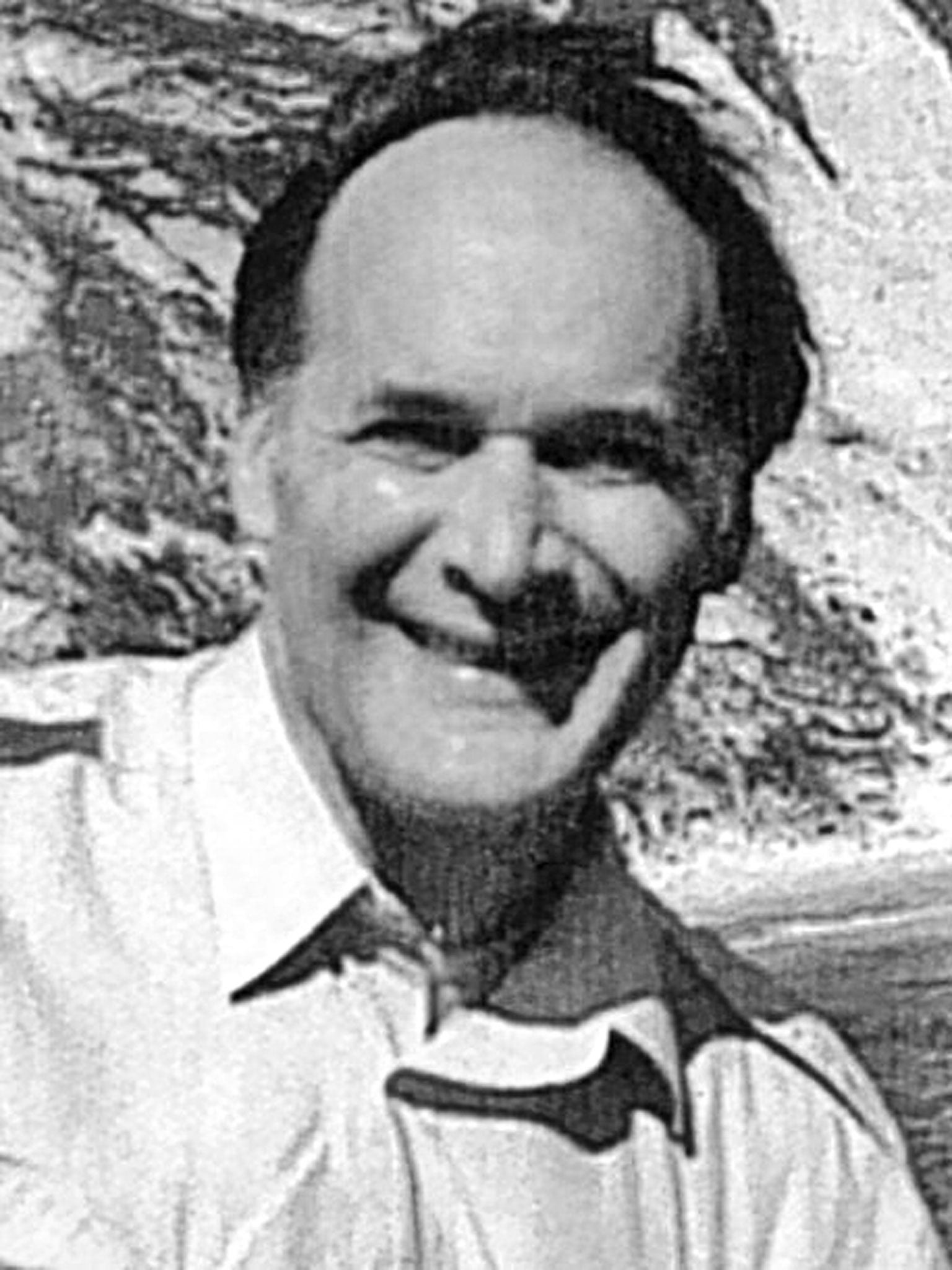Simon Curtis: Poet and academic whose inspirations included music, sport and English woodcut and landscape artists

As probably befitted a lifelong supporter of Burnley FC, in the town were he was born, Simon Curtis had about him an habitual air of rueful good cheer. Although there was much about modern life not to his liking – he sometimes gave the impression of having wandered into the 20th century by mistake – he avoided hectic denunciations of the world in which he found himself. He knew that in many ways he had landed softly.
Soon after his birth, his father, an Anglican priest, became vicar at Towcester, Northants, where Curtis grew up in semi-rural circumstances. After studying under the Yeats scholar, TR Henn, at St Catherine's College, Cambridge, he began a PhD thesis on 19th century American travel writing at the new University of Essex, under the supervision of Donald Davie. In the 1950s Davie had been a key poet in the Movement, whose formalism was greatly to Curtis's taste, though by the early 1960s he was an enthusiastic champion of Ezra Pound, to whose work Curtis was at best politely indifferent.
After gaining his doctorate, Curtis, a good linguist, joined the French department at Manchester University, remaining until he took early retirement. Poems of his were soon appearing in magazines, and in 1973 he brought out a privately printed pamphlet, Something for Nothing, identified in an introductory note as "the first, and probably the last, pamphlet under the 'Long John Silver' imprint. (Motto: "One-Eyed.")
Two years after this fugitive sheaf of poems, Davis, Poynter published a full collection, On the Abthorpe Road, which carried an endorsement by Kingsley Amis. "How rare it is in these days," Amis wrote, "to come across a good new poet (one who attracts on a first reading and yet requires many subsequent ones to be fully appreciated.)" The title poem, a lament for the effects of time's alterations, sets the tone for the collection, and for much of Curtis's later poetry: "Tonsured trim as a suburb box, / This hawthorn hedge, en brosse, / Invests the lane with change -- / With city stylishness."
The collection attracted enough favourable notices for Curtis to be included in a Faber Introduction. His next collection, Sports Extra, was published by Littlewood Press in 1988. The title testifies to his abiding love of football and cricket (he was an ardent, if usually woebegone supporter of Northamptonshire CCC), and various poems in this and subsequent collections explore his passion for music (from jazz to "dull old Haydn and Mozart"), as well as his appreciation of English woodcut and landscape artists, among them Bewick, Cotman, and the lesser known William Payne and John Glover.
Curtis discovered the work of Glover, who had emigrated to Tasmania in 1831, when he spent 1989 as a visiting lecturer at the University of New South Wales. From this experience came The Chronometer: some Australian and other poems, published by the Australian Paper Bark press in 1990. It includes a fine poem about Glover. In the same year he brought out in a limited edition a sequence of poems, Views, beautifully produced and with sympathetic wood engravings by Ian Stephens.
By then Curtis had become fed up with the manner in which, as he saw it, the proponents of Critical Theory had usurped the academic study of English, and he detested its rebarbative, scarcely intelligible jargon. He voiced his dislike in the poem "Colleague", which ends: "He's a brand-new desk computer, / For poems he takes to bits. / The author's dead, you understand; / In his place our Ernest sits." Then he left.
From Stockport, where he had lived for many years, caring for his widowed mother, he moved to the south coast. First Dorchester, where, as an admirer of Thomas Hardy, he became for some years editor of the Thomas Hardy Journal, then Plymouth, where he succeeded Merryn Williams as editor of the poetry journal The Interpreter's House. Punctilious in attending to his editorial duties, he still found time for his own work, and while never a copious poet he rarely produced a bad poem.
A fine elegist, he wrote a number of outstandingly good sonnets, and "D. I. Y.", in which he compares a carpenter's skills to the "unreal" poem, is both a manifesto and a stylistic tour de force. When in 2005 Shoestring Press published Reading a River: New and Selected Poems, it ran to no more than 64 pages. But many of the poems had appeared in the best journals, including The London Magazine, London Review of Books, Poetry Review, The Spectator, and The Times Literary Supplement.
A further collection from Shoestring, Devil Among the Tailors, took its title from a folk song Curtis had heard sung in a Manchester underpass. In 2013 the same press published an enhanced New and Selected, Comet Over Greens Norton. As modest as he was charming, Curtis hoped his poems would bring readers some pleasure. There is not much doubt that for a long time yet the best of them will continue to do so.
Simon Curtis, poet and academic: born 10 January 1943; died 20 December 2013.
Subscribe to Independent Premium to bookmark this article
Want to bookmark your favourite articles and stories to read or reference later? Start your Independent Premium subscription today.

Join our commenting forum
Join thought-provoking conversations, follow other Independent readers and see their replies